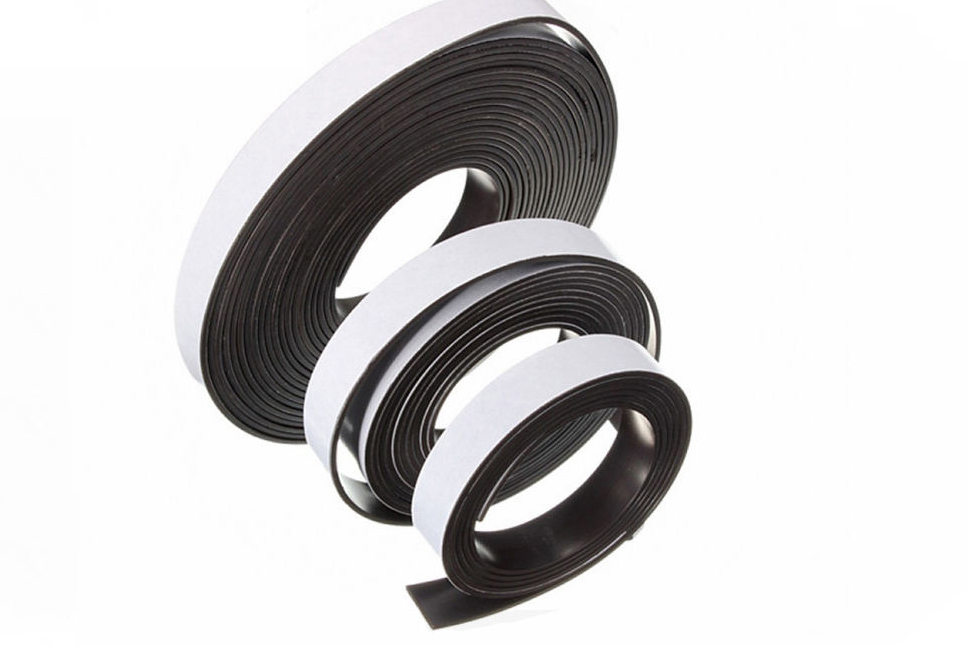Magnetic Coupling
Magnetic coupling is a new type of coupling that connects the prime mover and the working machine through the magnetic force of the permanent magnet. It does not need a direct mechanical connection but uses the magnetic coupling between permanent magnets, and the magnetic field can penetrate a certain space distance and the characteristics of material materials to transfer mechanical energy.
 Structure of a Magnetic Coupling
Structure of a Magnetic Coupling
The appearance of permanent magnet coupling breaks the structure form of traditional coupling, adopts a new magnetic coupling principle, realizes the transmission of force and torque between the driving shaft and the driven shaft without direct contact, and can change the dynamic seal into a static seal, to achieve zero leakage. Therefore, it is widely used in sealed transmission machinery in chemical, electroplating, papermaking, pharmaceutical, food, vacuum, and other industries.
Commonly Used Magnetic Coupling
The common magnetic transmission includes three types: synchronous transmission (planar and coaxial), hysteresis transmission, and eddy current transmission. Due to their different characteristics, they are used in different fields.
1. Planar Magnetic Coupling
Structure: Install magnets on two disks of the same diameter in a way that the NS poles cross. When in use, the two discs are respectively installed on the driving shaft and the driven shaft, leaving a certain air gap in between.
Principle: Since the N pole of the A magnet attracts the S pole of the opposite B magnet, and at the same time repels the N poles on both sides of the B magnet, it is ensured that the driven shaft and the driving shaft keep synchronous rotation within a certain torque range.
Torque: This planar coupling has a simple structure and does not require high coaxiality of the two shafts during installation. Since the principle of plane attraction is adopted, the smaller the air gap, the greater the torque. In addition, because the transmitted torque is proportional to the area of the disc, the torque of this magnetic coupling cannot be too large. Otherwise, it will cause an oversized and difficult installation.
2. Coaxial Magnetic Coupling
Coaxial magnetic coupling is the most widely used synchronous transmission device at present, and the typical application is the magnetic pump.
Structure: The coaxial magnetic coupling consists of an outer rotor, an inner rotor, a spacer sleeve, and a bearing system. Magnets are installed on the outer circumference of the inner rotor and the inner circumference of the outer rotor. The magnets have even-numbered poles and are arranged circumferentially in an NS crossing manner. Align the magnet working surfaces of the inner and outer rotors, that is, automatic coupling.
The inner diameter and outer diameter of the permanent magnet coupling can generally be customized, and the purchaser can choose the appropriate manufacturer to order. The permanent magnets are generally SmCo magnets or neodymium magnets, and the specific grades need to be determined according to the working temperature, working environment, and coupling torque. The shell is generally made of stainless steel (Q235A, 304/316L).
Conclusion
Thank you for reading our article and we hope it can help you to have a better understanding of magnetic coupling. If you want to learn more about magnets, we would like to advise you to visit Stanford Magnets for more information.
As a leading magnet supplier across the world, Stanford Magnets has been involved in R&D, manufacturing, and sales of magnets since the 1990s. It provides customers with high-quality permanent magnets like SmCo magnets, neodymium magnets, AlNiCo magnets, and ferrite magnets (ceramic magnets) at a very competitive price.















